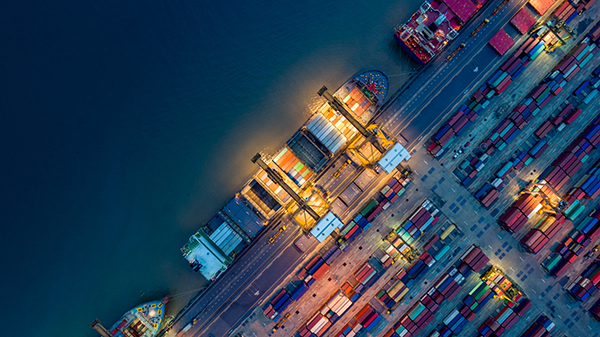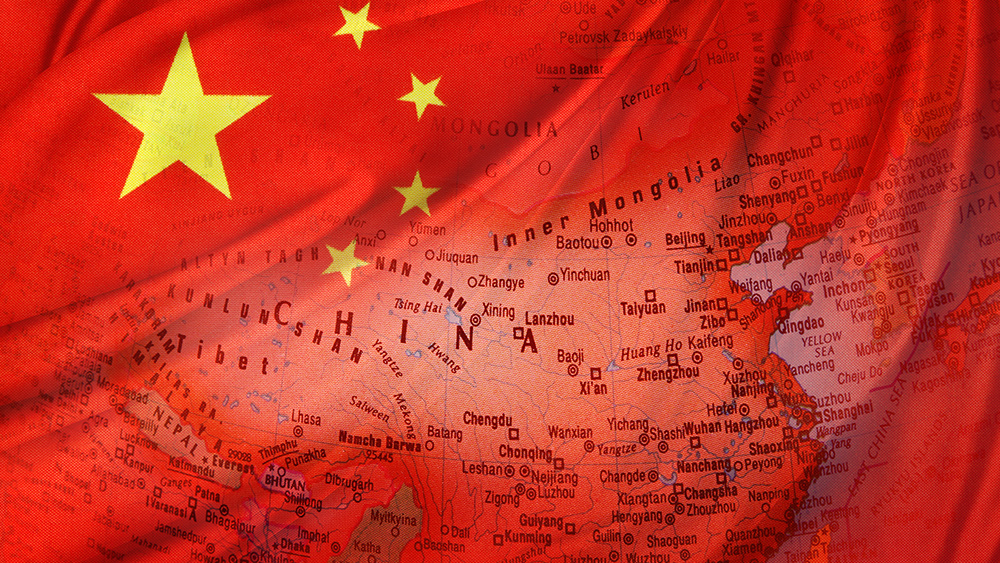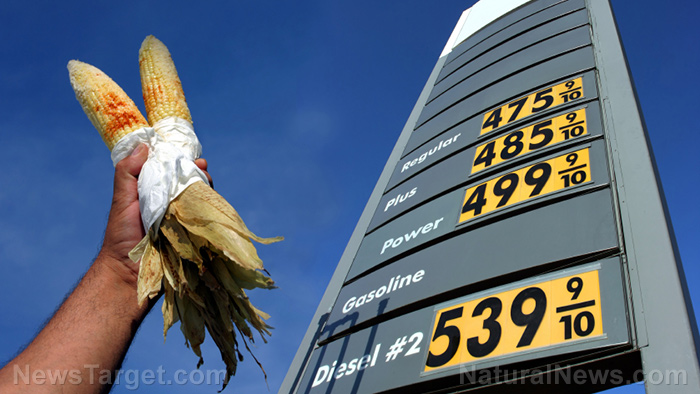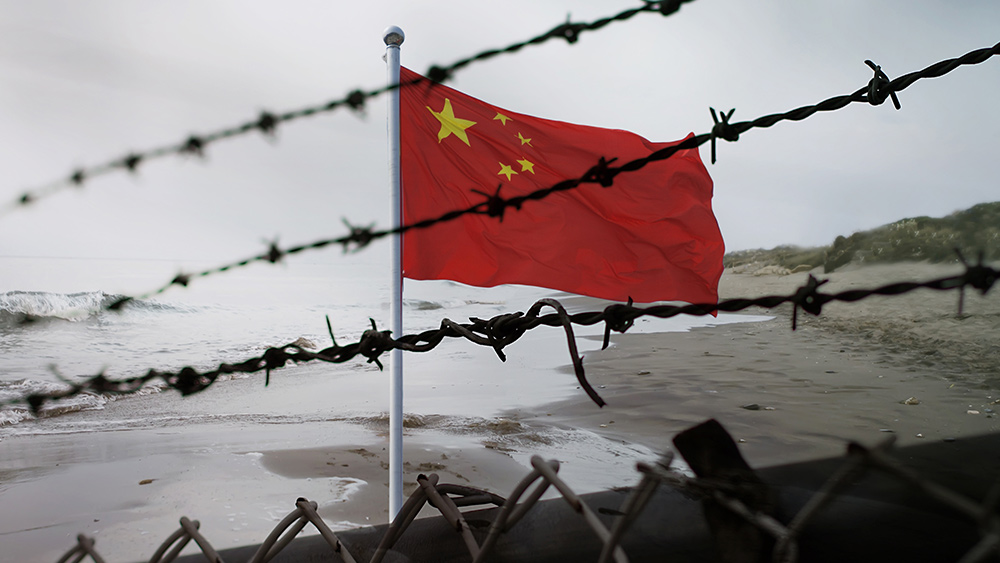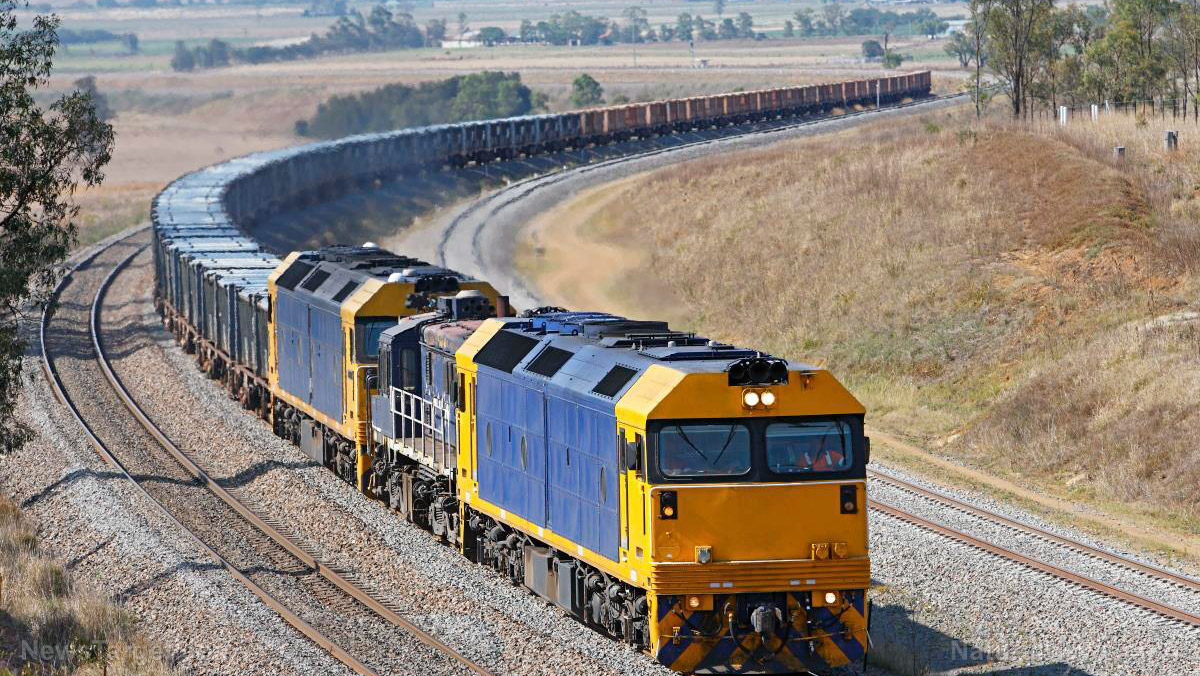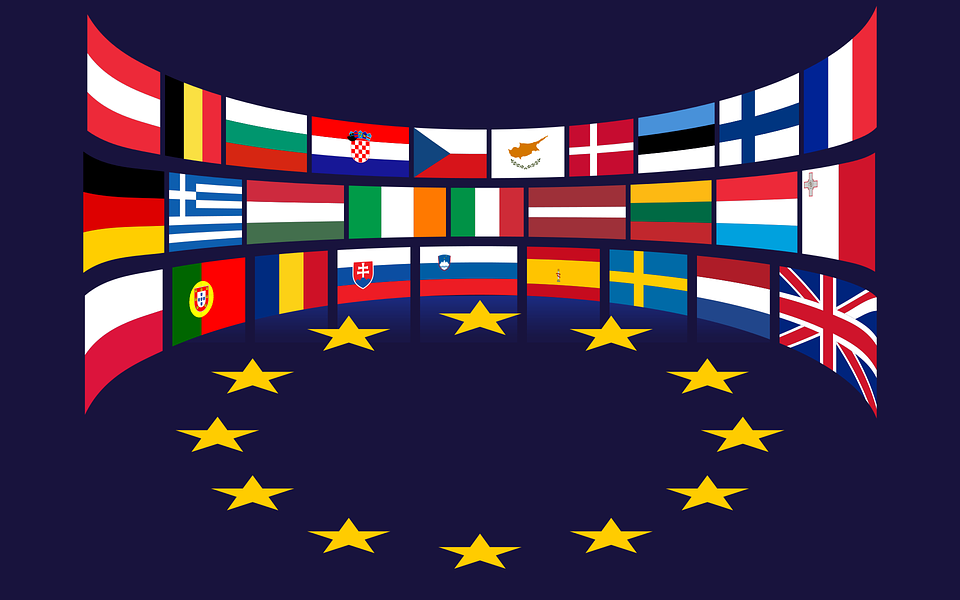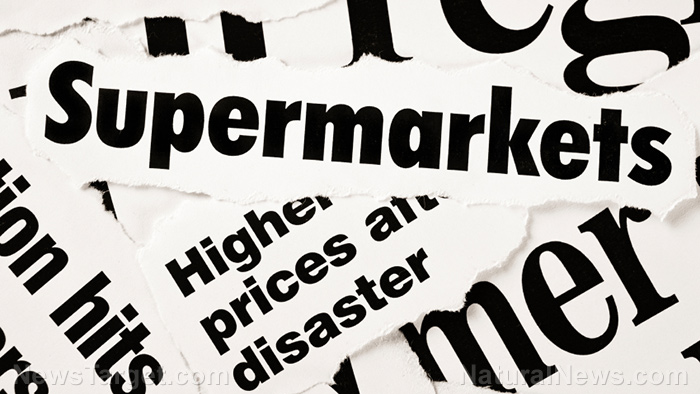As “second phase” of war commences in Ukraine, one-third of its farmland expected to go unplanted
04/21/2022 / By Ethan Huff
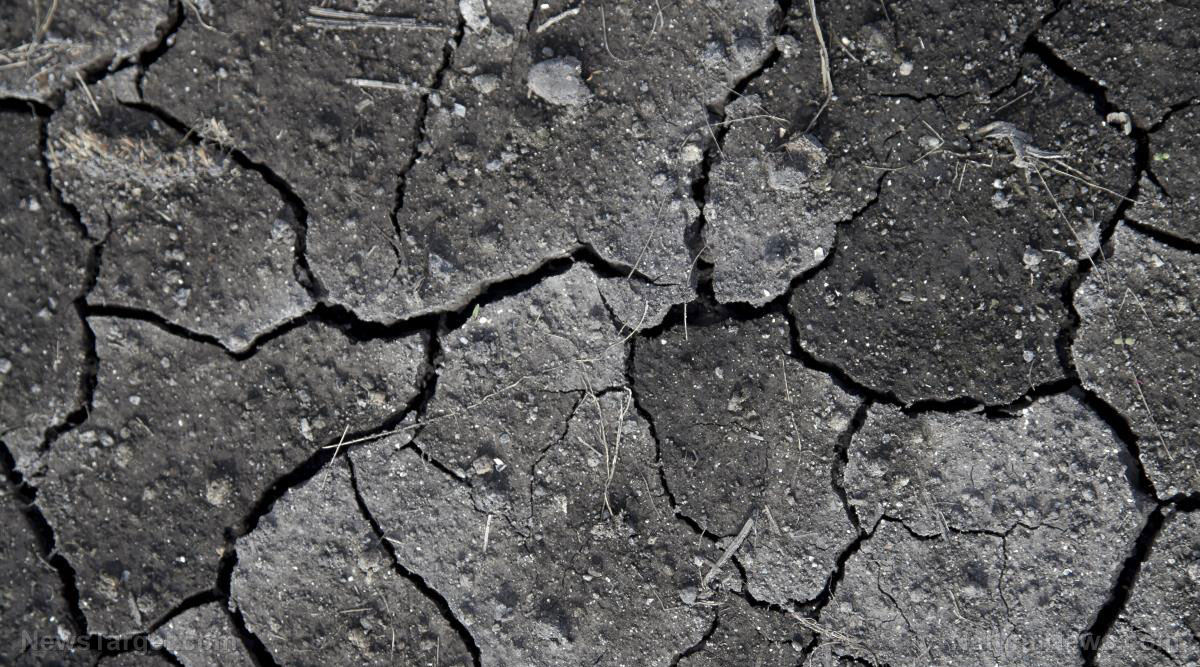
The United Nations Food and Agriculture Organization (FAO) has released a new report warning that as much as one-third of all arable land in Ukraine will probably go unplanted this season amid the “second phase” of the Russian invasion.
According to the report, “vast destruction of crops and infrastructure due to the war jeopardizes food production.” This will mean that at least 33 percent of existing farmland will not receive crops as normal, resulting in much less food come harvest time.
Back in March, Ukrainian President Volodymyr Zelensky urged farmers throughout the country to sow as many fields as possible in order to protect the country’s food supply. This has proved to be a challenge, however, due to labor shortage caused by the displacement of people, bombed-out fields, severely damaged infrastructure, and shortages of pretty much everything, including seeds, diesel, and fertilizer.
As we reported, Ukraine is considered to be the “breadbasket of Europe.” The country has traditionally grown a bulk of the grains and other food crops that other countries throughout Europe, North Africa, and elsewhere rely on for sustenance.
Ukraine is the world’s second-largest exporter of grains, and the number-one exporter of sunflower oil. Russia is a major exporter of these things as well, so having both of these countries either partially out of commission or no longer exporting means that mass starvation is soon to come.
“Even if farmers were to sow as many fields as possible, their ability to export crops would be severely impacted during the harvest season due to damaged infrastructure, such as bombed-out rail systems, highways, bridges, and ports,” reports Zero Hedge.
“Also, buyers of grains can barely get dry bulk carriers insured to transit the Black Sea to a Ukrainian port because of soaring war risk premiums.”
FAO’s crop shortage estimate is conservative; private forecasters say harvests could be cut by half
It turns out that the FAO forecast of around 33 percent of Ukrainian farmland not being planted this season is a conservative estimate. Some private agriculture forecasters say the real number could be more like 50 percent.
Forecast data from UkrAgroConsult, for instance, suggest that Ukraine’s corn output could be as low as 19 million tons next season, which is about half of last year’s 41 million tons.
This means that not only will food be in short supply, but costs will go through the roof – much higher, in fact, than they currently are in some parts of the world that rely on Ukrainian food imports.
“There’s no question in our minds the impacts of continuing war will boost global food prices to new record highs,” warns Zero Hedge. “Ukraine is a top producing grains country and what this may spell next is a worldwide food crisis.”
In the comment section, one reader emphasized that skyrocketing fertilizer costs combined with fertilizer shortages – all market-related, by the way, and not necessarily a factor of war – are also driving the planting problems in Ukraine.
“Can we skip phase two and go directly to the end, please?” asked another, wishing for the completion of this nightmare already rather than a slow, drawn-out torture format.
“There is no skipping any parts of the depopulation agenda unless you revolt,” responded another. “Talk as much as you like, but it won’t do anything.”
“There is no skipping the starvation portion unless you overthrow those leading you directly into it,” this person added. “It is as simple as that.”
Someone else added in response that the “clock is ticking.”
To track the collapse of the global economy in real-time, be sure to check out Collapse.news.
Sources include:
Submit a correction >>
Tagged Under:
agriculture, chaos, crisis, crops, FAO, farmland, food collapse, food production, food shortage, food supply, harvest, panic, Russia, supply chain, Ukraine, World War III
This article may contain statements that reflect the opinion of the author
RECENT NEWS & ARTICLES
COPYRIGHT © 2018 PANIC.NEWS
All content posted on this site is protected under Free Speech. Panic.news is not responsible for content written by contributing authors. The information on this site is provided for educational and entertainment purposes only. It is not intended as a substitute for professional advice of any kind. Panic.news assumes no responsibility for the use or misuse of this material. All trademarks, registered trademarks and service marks mentioned on this site are the property of their respective owners.


